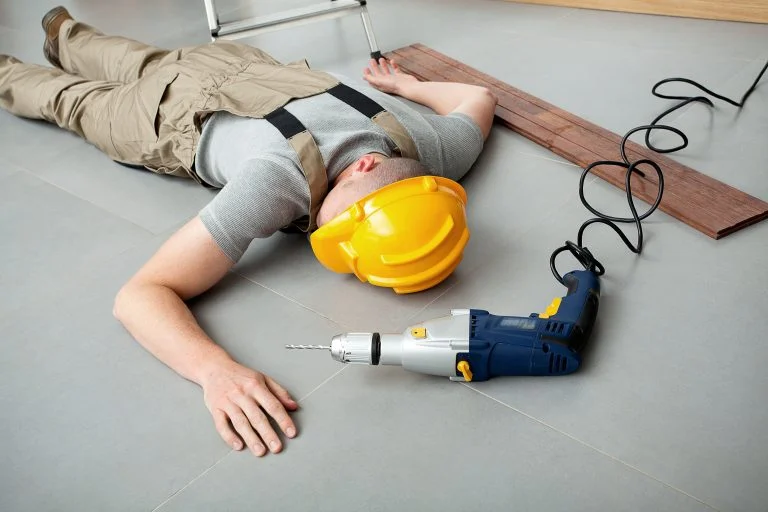If you’re planning to forego the professional installation of your trade show booth to save costs, here are five observations and strategic spending tips on the real costs involved in a Do It Yourself versus professional installation.
Professional Installation ensures optimal functionality of your booth.
Depending on your industry and how often you exhibit at trade shows, building a booth and staffing it can account for up to 40% of your marketing. As you can see, an exhibit represents a considerable investment of money, time and effort. Moreover, a fully functioning booth is the very least you need to realize the full value of your investment. It should be staple and sturdy enough to withstand the wear and tear of your staff’s occupation and the traffic of hundreds of attendees. If there is a special exhibit designed to draw and retain a crowd that should work well throughout the show. And so should all the other components of the structure. If your staff has to deal with things that don’t work or are in danger of coming apart, it’s not only distracting to them and booth visitors, it’s a bad reflection on the competence of your business.
Strategic Spending Tip: Cut costs in things that can’t be seen.
If your staff has to deal with things that don’t work or are in danger of coming apart, it will reflect badly on the quality of your brand and the competence of your staff. Consider covering the cost of professional installation by reducing what you spend on staff travel costs, marketing materials before the event and other items.
2. If a booth isn’t properly installed, it can be damaged during the course of the show.
Well-constructed exhibit booths are designed to withstand a certain amount of wear and tear especially if they’re intended for use in several shows. However, if they are installed incorrectly, they may be damaged before the show even begins or not staple enough to stand up to day in, day out use. Your staff may be trained in the use and sale of your product but that doesn’t mean they are expert installers. Assuming that they know exactly how to build a booth is taking a lot for granted. And in the end that may cost you a lot more than you save in labor fees.
Strategic Spending Tip: Make the most of your time at the show.
Professional installers assure that you’ll have a fully functioning booth from the start of the show until closing so your staff can spend their time selling product and building relationships. That will give you a far greater return on your investment than saving a few dollars using your sales people as ad hoc handymen.
3. Extra costs may be incurred because installers don’t have the right tools.
Even a relatively simple installation requires tools that are not usually needed or found in an office. Buying these tools can add up to a considerable expense and you may never use them again. Furthermore, they are probably not as efficient and laborsaving as those tools used by professionals for the same tasks. All in all, this kind of purchase hardly seems to qualify as a valuable investment for a business.
Strategic Spending Tip: Put your dollars into purchases that make the most sense.
Cutting costs isn’t the same thing as investing dollars on things that will give you a valuable return. Buying tools you’ll use infrequently and have to keep track of from show to show, could be a waste of money.
4. Your sales force may resent having to do a job for which they’re not trained.
You didn’t hire sales and marketing people because they were good at carpentry, laying carpet or hanging banners. Even if these activities are things they can do, they may feel you’re taking advantage of them by making putting up a trade booth part of their job description. Remember, the biggest asset any company has are its employees. Enabling them to make the most of their personal talents and professional skill sets is the best way to build their pride in your brand. Treating their professionalism with anything less than total respect could cost you their loyalty – and willingness to continue their employment.
Strategic Spending Tip: Spend your time and money on training your sales staff to work a trade show.
After all, if you can’t get visitors over to the booth and interested in your product, there’s no point to your being at the show in the first place. Make sure everyone in the booth has a good elevator speech and a set of engaging questions that can qualify prospects so you know which leads to follow up on first. Take time and care to rehearse any demonstrations they’ll be doing. In addition, make it a point to review booth etiquette to make sure that every contact – whether it leads to a sale or not – always has a positive impact on your brand.
5. Salespeople should be able to use all their time and energy on building sales, not structures.
Traveling and living away from home to work a trade show can be physically and emotionally exhausting. Because the sales effort is constant and concentrated over a period of a few days, sales people are always “on.” In addition, knowing that the people they’re talking to are almost all potential customers, adds a higher level of importance to each encounter. If your salespeople have also had to put in extra hours installing a physical structure, they can easily feel overwhelmed by the experience.
Strategic Spending Tip: Send a smaller, well-trained sales force to cut travel expenses.
Since your staff will only have to worry about making the sale, not the booth, more can get accomplished with fewer people. What you save on airfare, hotels, food, etc. can cover the cost of professional installation. It also means there’s less disruption in the day to day work of the staff back home. And when your traveling sales crew returns, they’ll have more energy for their normal duties.
Hope these tips have been helpful in deciding how to make the best use of your marketing dollars. Please visit us again for more information on how to get more from your trade show experience.
Thanks for reading!






